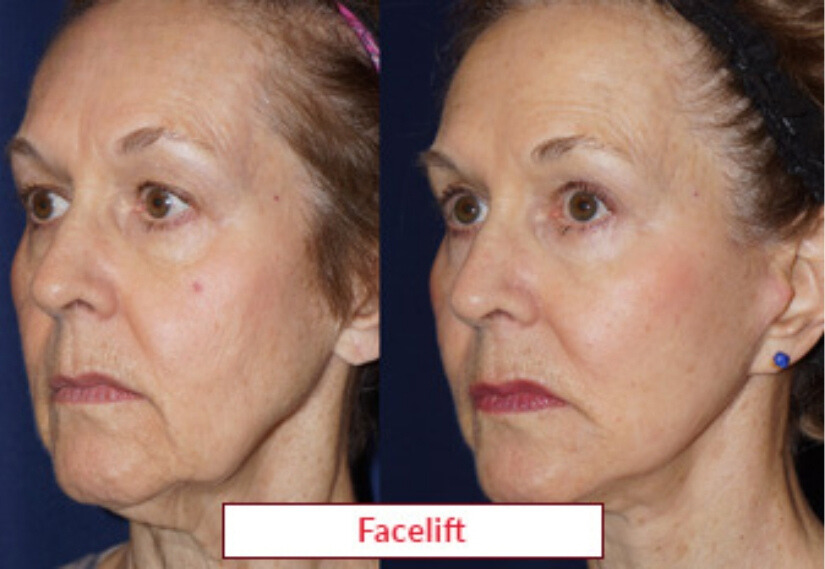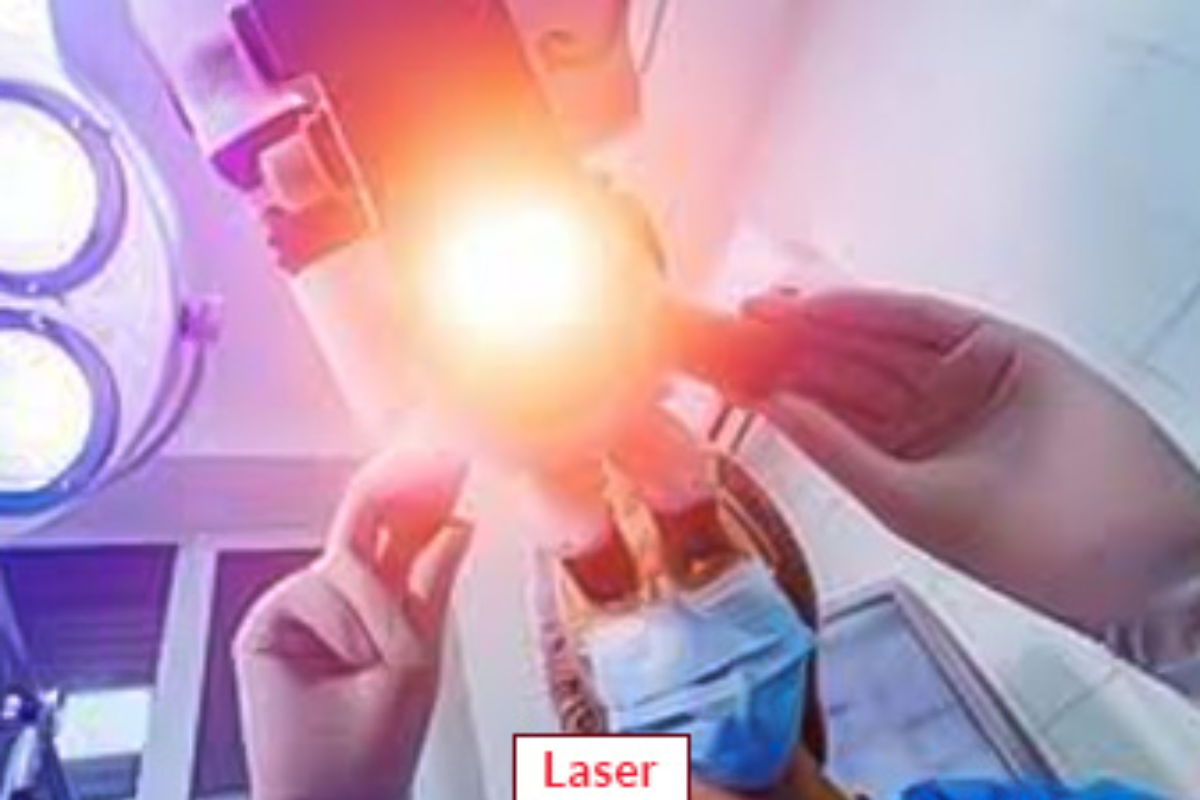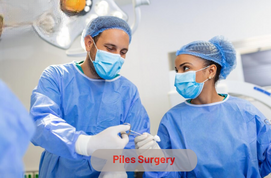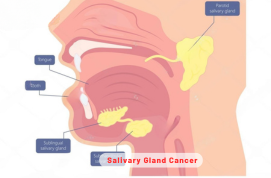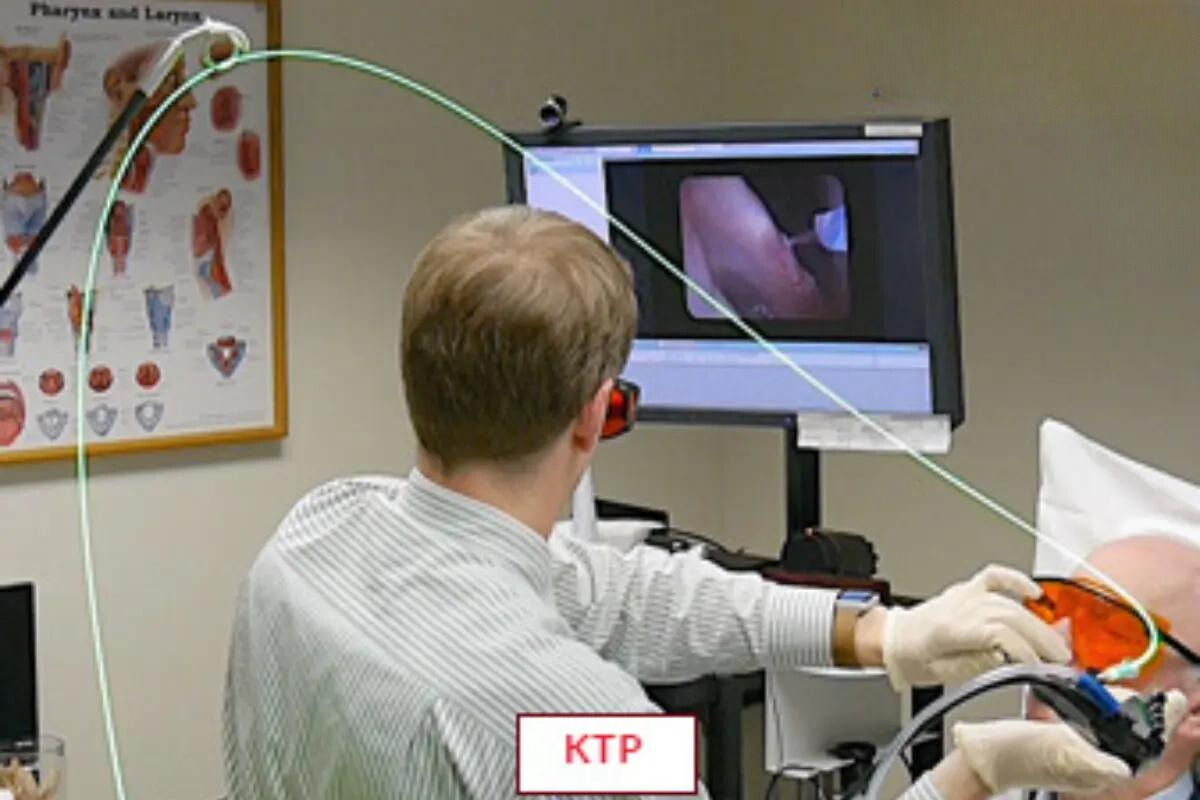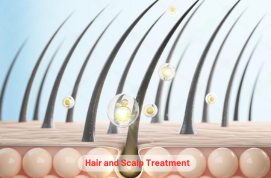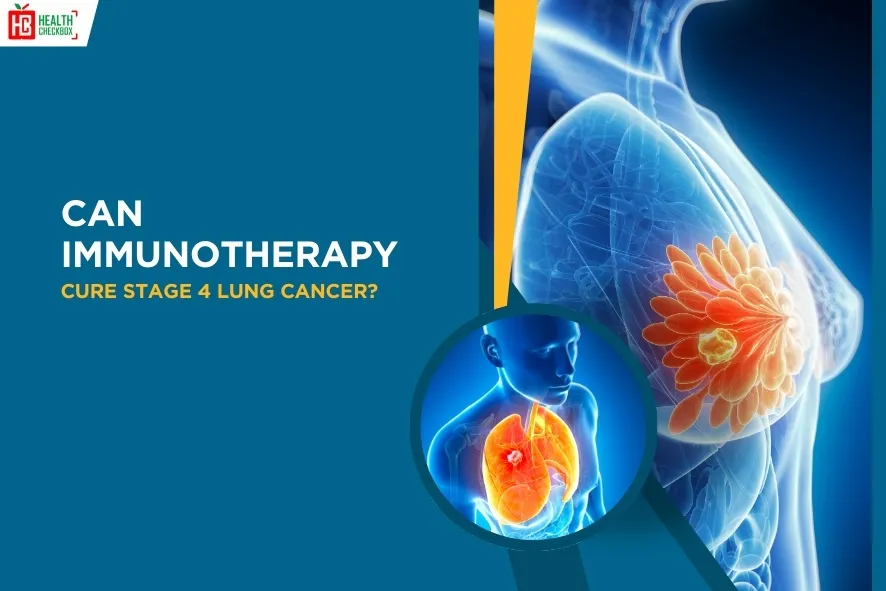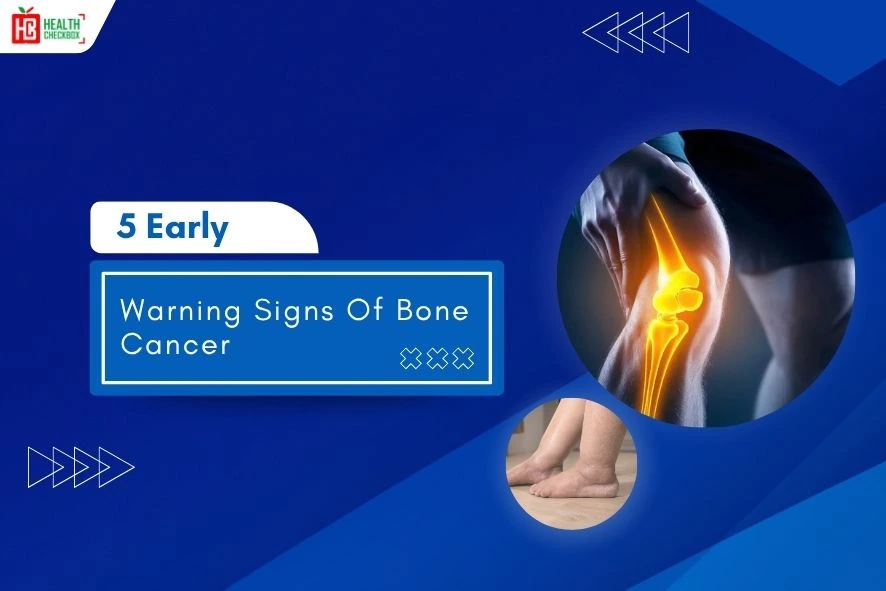Rhytidectomy or Facelift surgery is a cosmetic treatment procedure that is used to overcome the wrinkles and signs of aging. When women get older, their skin automatically starts to lose elasticity due to the low formation of certain types of chemicals, like collagen, that contribute to skin tightening. As a result, it causes sagging and wrinkles on the face. Hence, facelift surgery treatment helps to reform the facial structure and boost the self-esteem of the famines.
The facelift procedure involves clearing facial fat, discarding wrinkles, and skin tightening through underlying facial tissues. The main focus of this cosmetic surgery is to target the lower part of the face, which involves jaw-lining, cheeks, and neck. This procedure uplifts facial outlining and restores thickness on the face. For achieving youthful appearance and a refreshed look, this surgery is beneficial. However, it requires time to follow-up care from a dermatologist for better recovery.
Types of Facelift Surgeries
Surgery types depend on the skin type, age, and other factors.
Traditional Facelift
It is the most common type of face surgery, which aims to remove signs of aging and provide long-lasting results on the skin. Traditional surgery involves muscle tightening and provides thickness to the supporting structure of your face. Through this procedure, a surgeon successfully discards excess facial mass and adjusts jaw-lining.
The surgery performed by the facial surgeon through making incisions around the ears, under chin, and hairline to provide smooth and younger appearance to an individual. The surgery is suggested to those who have a desire for optimal improvement of moderate to significant facial aging.
Mini Facelift
This surgery involves a few incisions that look smaller and created in an unnoticeable part of the face, that help to recover fast. The surgery works best for them who are experiencing mild to moderate signs of aging.
Face surgeons recommended it to those people who are still young and have been experiencing initial signs of facial sagging. This cosmetic treatment focuses on uplifting lower face structure, and it is less invasive as compared to other face treatments.
Mid-Facelift
Mid-facelift surgery involves incisions inside the mouth or near the hairline. The main focus of the surgery is on the middle section of the face like cheeks and under the eye. In this surgery treatment, surgeons reposition the sagging tissues to enhance facial contour and diminish wrinkles. Mid Facelift Surgery successfully reduces face fat that is deposited around the cheeks and tightens the skin.
Thread Lift
Thread lift is also a minimal invasive surgical treatment for the face. It is performed through specific types of threads to uplift and tighten the face skin, without using major surgery. However, it is suitable for those candidates who want subtle improvements with minimal downtime.
Endoscopic Facelift
Endoscopic Facelift surgery involves a specific strategy that involves tiny incisions and a small camera. The technique allows the surgeon to tighten the skin with accuracy. After this facial treatment an individual recovers faster and it leaves almost less scars.
Risks & Side Effects Associated with Facelift Surgery
The following are the potential risk that can be pose after the treatment:
- Infection: There always has been a risk of infection while performing any kind of surgery, hence it requires additional treatments, including antibiotic medicines.
- Scars: While making incisions on the face throughout facial treatment it involves scars as well. It is common but needs to be taken care of in order to vanish them.
- Bruises: Sometimes, surgical treatments also leave bruises that might look inappropriate after the treatment.
- Swelling: Swelling is usual after face surgery, it could occur on any part of the face, but it heals after weeks. Hence, it is important to discuss all details about your face with the consulted doctor.
- Numbness: Numbness may occur in any area of the face because of nerve damage, which is a part of treatment. It could be permanent and temporary as well. However, one needs to take precautions for that.
- Asymmetry: The results of the surgery might not be so accurate or perfect. It could lead to uneven appearance as well.
- Hematoma: Oftentimes, facial surgical procedures cause blood clotting under the skin and can develop further health complications.
Advantages of Facelift Surgery
The cost of the face surgery procedure depends on the factors like which type of procedure, expertise of plastic surgeon, overall medical condition, and hospital care. However, plastic surgeries involves a lot of benefits, these are as follows:
- Improve Skin Quality: The procedure supports you to look smooth and vibrant, and gives a good looking tone and skin texture.
- Minimal Downtime: Due to the advancement in technology, face-lift recovery takes a shorter time and leaves minimum scars.
- Long-lasting Results: When the surgery is done successfully under the experienced surgeon, it provides long-lasting effects for several years.
- Improve Facial Contour: Through plastic surgery, you get better facial contour of cheeks, jawline, and neck, and find your face more attractive and defined.
- Provide Youthful Appearance: When all the wrinkles and fine lines are reduced, it automatically brightens your face, and you look refreshed and youthful even during your 30s and 40s.
- Boost Self-esteem and Confidence: After completion of facial surgery, people feel confident and accomplished about their look. This makes them confident and improves their willpower.
- Reduce Anxiety and Depression: Many people face bullying and humiliation about their facial look, which leads to depression and anxiety, like mental problems. Hence, a surgery can help to overcome their anxiety and depression.
Treatment Procedure of the Surgery
The surgery requires multiple hours of teamwork of dermatologist and facial surgeon. However, the surgery duration depends on the extent of the plastic surgery and what complications involved with the patient. After the procedure, a patient might experience discomfort and pain, which is quite normal and goes away in just a few hours, and patients can go to their home on the same day or next day.
Here is the brief overview of Facelift Surgery treatment:
- Pre-Surgery Consultation: A dermatologist gets full details from you about your medical history, medications, and discusses the goal of surgery and its concerns before the treatment. Additionally, a surgeon examines your face and suggests to you what is the best technique for your face type.
- Anesthesia: Once you’re prepared and agree with all concerns, a surgeon starts the procedure and administers anesthesia to make you relax and avoid complications.
- Incisions: Then the surgeon starts to make incisions on the basis of his expertise and previous experience. Incisions are made around the ears, hairline, and under the chin. The placement depends on the type of facelift being operated. Here, surgeon’s goal is to minimize visible scars.
- Tissue Adjustment: After creating incisions, the surgeon lifts connected tissues and tightens the underlying face muscles. Excessive face fat is removed and the rest of skin is attentively adjusted for a firmer appearance.
- Closure: After the whole procedure, incisions are closed with sutures and staples.
- Recovery: The medical team will monitor you as you wake from anesthesia after the surgery and also administer some medications to manage pain. Before leaving the clinic or hospital listen carefully to all instructions regarding restricted activities, follow-up, prescribed medicines, and other substances.
Post Surgery Precautions for Recovery
Doctors prescribe certain medications in order to overcome pain and discomfort, along with swelling and bruises. And also give some instructions to properly do dressing. When the swelling goes down, one can clearly identify the difference between pre-surgery and post surgery effects on the face.
However, one needs to take some additional precautions as well, which are mentioned below:
- Gently moisturize your face on a regular basis.
- Avoid being in the sunlight.
- Drink plenty of water in order to keep your skin hydrated.
- Eat nutrition rich food and avoid oily processed food.
- Get 8 hours sleep to relax your face muscles.
- If you experience any kind of face concern immediately contact your doctor.
- Do not apply other chemical products on your face that are not prescribed by the doctor.
Latest Health Tips
Can Immunotherapy Cure Stage 4 Lung Cancer?
Early Signs of Cervical Cancer
Foods that Kill Cancer: Leafy Vegetables, Grains, & More
What Stage of Cancer is Immunotherapy Used For?
Which is Worse for Cancer, Sugar or Alcohol?
Vaccines That Prevent Cancer
What Kills Cancer Cells in the Body Naturally?
Early Warning Signs of Bone Cancer
Submit Your Enquiry
Testimonials








